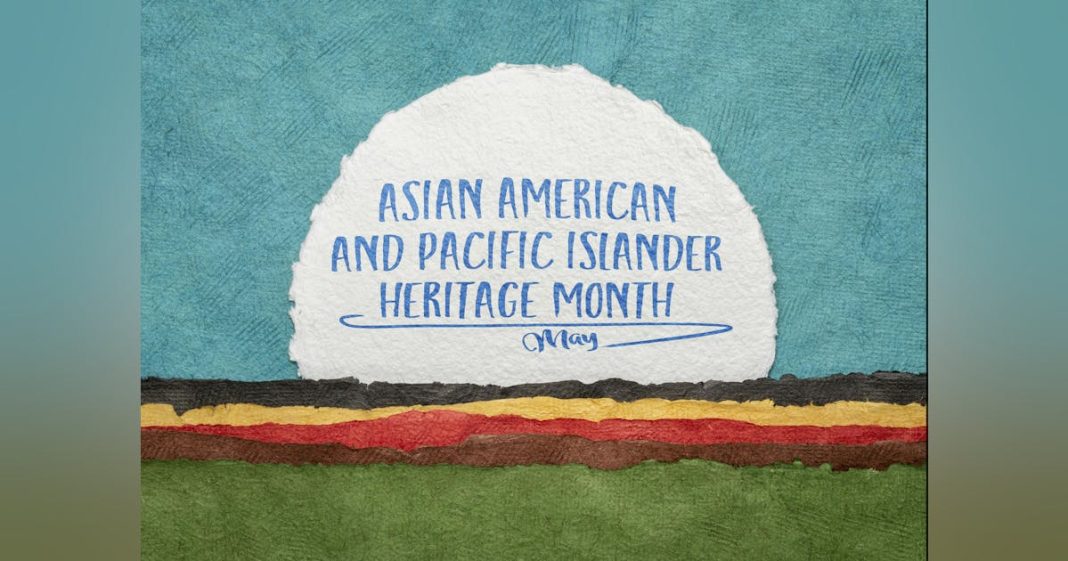The National Heart, Lung, and Blood Institute (NHLBI) has launched an epidemiological study of cardiovascular health and disease in a cohort of people in the United States who identify as Asian American, Native Hawaiian or Pacific Islander (NHPI). The seven-year study, called MOSAAIC, which stands for Multi-ethnic Observational Study in American Asian and Pacific Islander Communities, will recruit about 10,000 adults, ages 18-64, from across the country.
The NHLBI notes that for decades it has studied cardiovascular health and disease in different racial and ethnic populations, and those studies have yielded valuable insights into how to prevent and reduce health disparities among White, Black, Hispanic, and Native American people.
Yet there’s little data about the cardiovascular health of the 26.5 million people in the United States who identify as Asian American, Native Hawaiian or Pacific Islander (NHPI). Collectively, these groups make up about 8% of the U.S. population and represent about 40 ethnic subgroups. And Asian Americans are the fastest-growing minority group in the nation, according to U.S. Census reports.
“Research on these understudied groups can help eliminate disparities and advance health equity in ways never seen before,” said Yuling Hong, M.D., Ph.D., chief of the Epidemiology Branch in NHLBI’s Division of Cardiovascular Sciences (DCVS), in a statement. It’s also urgently needed, Hong added.
Hong knows firsthand the value of research like this. He’s also the NHLBI’s project scientist for the iconic Framingham Heart Study, which along with the Jackson Heart Study, the Study of Latinos, the Strong Heart Study, and other NHLBI cohort studies have produced critical findings specific to the cardiovascular health of White, Black, Hispanic, and Native American communities.
While Asian and NHPI populations have been included in other NHLBI studies, Hong acknowledges, these groups typically have represented only about 2% of study cohort participants.
The new study will focus not only on cardiovascular health, but on other conditions like lung health, mental health, and social determinants of health in individuals who self-identify as having ancestral background from East Asia, South Asia, Southeast Asia; or self-identify as Native Hawaiian and/or Pacific Islander.
Researchers already have some knowledge of existing health disparities among these groups. For example, data show a higher prevalence of coronary heart disease in Indian, Vietnamese, and NHPI-origin individuals, and high levels of stroke among Chinese and Filipino populations compared to the White American populations. Studies have shown that different cardiovascular risk factors — smoking, diabetes, hypertension, abnormal cholesterol, and obesity — show up at different rates in different groups. The new study will sort out the data and shed more light on the health of these Asian American and NHPI populations.
The study will take place at six research institutions — the Fred Hutchinson Cancer Center in Seattle, the study’s coordinating center; and five clinical/community field centers — the University of Hawaii at Mānoa, Stanford University, the University of Chicago, the Fox Chase Cancer Center in Philadelphia, and the New York University Langone Health/Perlmutter Cancer Center.
“I think we’ll find these populations are more heterogeneous than we ever imagined,” said Brisa Aschebrook-Kilfoy, Ph.D., associate professor of public health sciences and lead of the UChicago site for MOSAAIC, in a statement. “We’re very excited because this is an opportunity to really understand health disparities and inform more targeted interventions, policies and resource allocation.”
The UChicago team is collaborating with the Asian Health Coalition (AHC), a Chicago nonprofit founded by former Vice Provost for Research Karen Kim, M.D., that supports culturally appropriate health initiatives to eliminate health disparities among AsA-NHPI, African and other underserved communities. The AHC, along with other partnering community-based organizations, will conduct outreach and help recruit participants.







